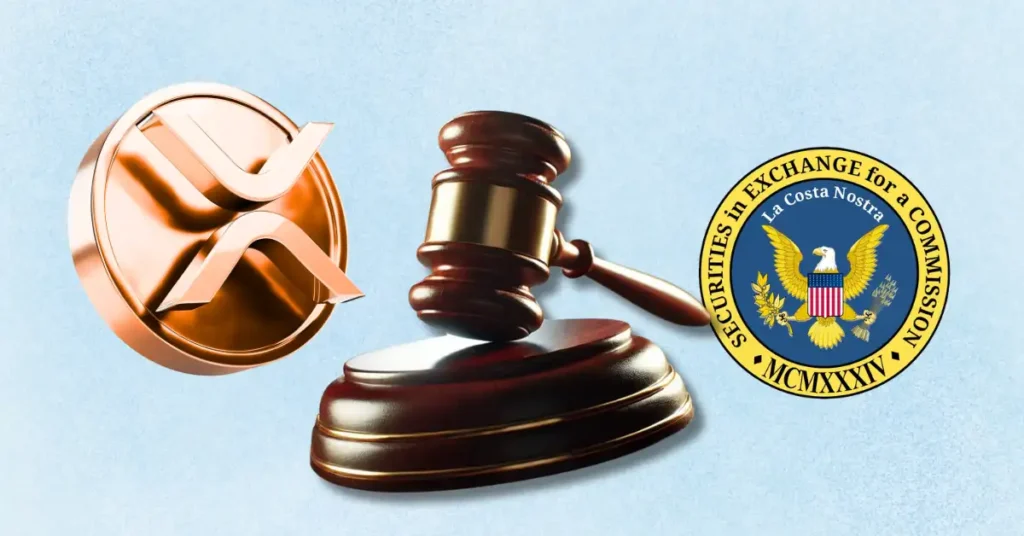The long -term legal battle between the SEC and Ripple was just taking a dramatic turn. Judge Analisa Torres, who has supervised the case, has rejected a joint request from both Ripple and the SEC that was intended to complete the lawsuit once and for all.
This last step means that the fight is not over yet. The rejected submission was intended to adjust the penalty conditions to Ripple and then to clear the road for both parties to withdraw their calls. But Judge Torres didn’t have it.
Does XRP have legal clarity?
To add to the drama, there is a new claim that the rounds made online, which suggests that “XRP has no legal clarity” and lacks institutional support. The post claimed that no large CBDCs were performed on XRPL and that only Bitcoin is part of the American reserve.
This did not go well with the Pro-XRP lawyer Bill Morgan, who shot back hard. He called it “the biggest lie that I saw in crypto this year,” so that everyone reminded that Judge Torres already ruled that XRP itself is not safety. And more important – the SEC did not go against that part of the decision.
When someone argued that the comments of the judge were alone Dicta (A legal term for comments that are not legally binding), Bill Morgan responded firmly and said that even a Dicta offers a certain degree of legal clarity. He explained that the reasoning used by Judge Torres is convincing authority in court – and said that no court has established XRP as a safety, and added: “It has more judicial clarity than Bitcoin, which has none.”
What is the next step for XRP?
Despite the legal struggles, most experts believe that a definitive resolution is still on the horizon. The rejected submission has no influence on the existing legal clarity or status of XRP, and although the SEC and Ripple have to revise their penalty discussions, the most important results of the case remain unchanged.



